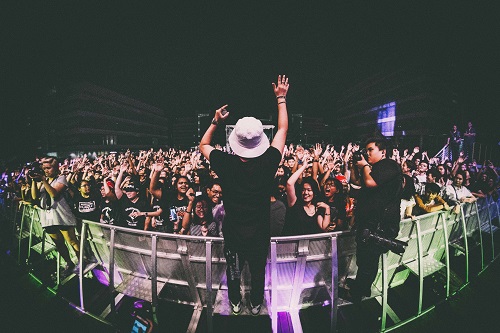You have less than ten seconds to hook your audience.
If they’re still with you by the end of the second minute, there’s a stronger chance they’ll stick with you to the end. Keep them interested throughout your presentation and you’ll have them intently listening beyond your allotted time.
Here’s the issue: today’s audience has little patience for presentations. This isn’t to be confused with short attention spans because a good presentation can overcome that easily.
With the endless barrage of information and distractions people have, they only want to know one thing:
Is this going to be worth their time?
Oh, and we need to add one more layer: the person who booked you should be convinced enough to recommend you or ask you to return.
How can you overcome all those obstacles to deliver a presentation your audience craves? Just ask yourself the following question:
What’s in it for them?
To answer that question, you need to start with these questions about your audience:
- Who are they?
- What are their needs?
- If they could walk away from your presentation with just one important piece of information, what would it be?
Those questions should also be ones to ask the person who booked you to present.
Once you have your answers, you can start tailoring your approach appropriately.
I was once asked to give a keynote to a group of educators for their Christian fellowship day. After asking the questions of what the message of the day was and their hope for the presentation, I did a bit of digging and found out two very important pieces of information:
- All staff were required to be there until 3pm
- They scheduled the keynote to be the last event before the weekend
In other words – once 3pm hit, regardless if I started late or not, they were going to leave because their weekend started.
Immediately, I re-tooled my keynote to be on the more entertaining side: adding a bit more magic than I planned, a few lighter hearted stories and a beginning where I sympathized with their weekend plans by producing a shotglass (full of water, of course) and saluting them for sticking with me.
My keynote started late, ran until 3:08 and not a single person got up to leave.
Yes, there were other tools I used to keep them hooked until the end, but it all started with figuring out their needs.
The best example of what not to do was a time when I sat with an audience and listened to a celebrity give a motivational speech. It was the whole, “You can do anything you put your mind to so don’t let anyone tell you otherwise.”
Here was the issue: this was a comic book convention.
We were there to hear this celebrity talk about his work, his upcoming projects and any teasers he can offer to his fans sitting right in front of him. Thank goodness there was a Q&A afterwards because we all would have walked out very disappointed.
If you wanted to summarize all of this in a single rule, it would be as follows:
